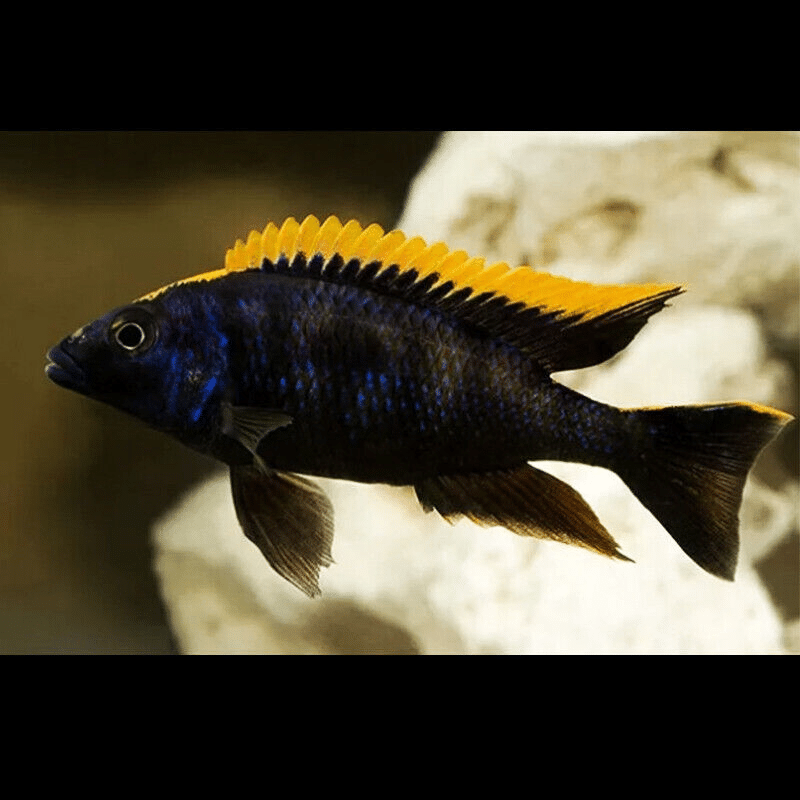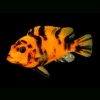To provide the best experiences, we use technologies like cookies to store and/or access device information. Consenting to these technologies will allow us to process data such as browsing behaviour or unique IDs on this site. Not consenting or withdrawing consent, may adversely affect certain features and functions.
The technical storage or access is strictly necessary for the legitimate purpose of enabling the use of a specific service explicitly requested by the subscriber or user, or for the sole purpose of carrying out the transmission of a communication over an electronic communications network.
The technical storage or access is necessary for the legitimate purpose of storing preferences that are not requested by the subscriber or user.
The technical storage or access that is used exclusively for statistical purposes.
The technical storage or access that is used exclusively for anonymous statistical purposes. Without a subpoena, voluntary compliance on the part of your Internet Service Provider, or additional records from a third party, information stored or retrieved for this purpose alone cannot usually be used to identify you.
The technical storage or access is required to create user profiles to send advertising, or to track the user on a website or across several websites for similar marketing purposes.


 Purple Vampire Crab - Geosesarma Dennerle - Decapod Crustacean
1 × £7.74
Purple Vampire Crab - Geosesarma Dennerle - Decapod Crustacean
1 × £7.74 













Emily Carter (verified owner) –
I recently added the Black Orange Dorsal Cichlid (Otopharynx Lithobates) to my aquarium, and I couldn’t be happier! After about two months of observation, this vibrant fish has truly become the centerpiece of my freshwater fish community tank. Its stunning coloration and unique dorsal fin really stand out against the lush greenery.
What I appreciate the most is how active and curious it is. From day one, it explored every inch of the tank, showcasing its playful personality. I’ve found that it thrives when given plenty of hiding spots, so I added some caves and plants. It has shown no signs of stress, which is a huge plus for me as a caring fish parent.
Compared to other cichlids I’ve kept, the Black Orange Dorsal has a more engaging temperament and is less aggressive, making it perfect for a community setup. The shipping was fast, and the fish arrived healthy and lively, a testament to the seller’s commitment to fish welfare.
If you’re considering introducing cichlids to your tank, I highly recommend this one! Just make sure your aquarium is well-planted and spacious. You won’t regret adding this lively creature to your home!